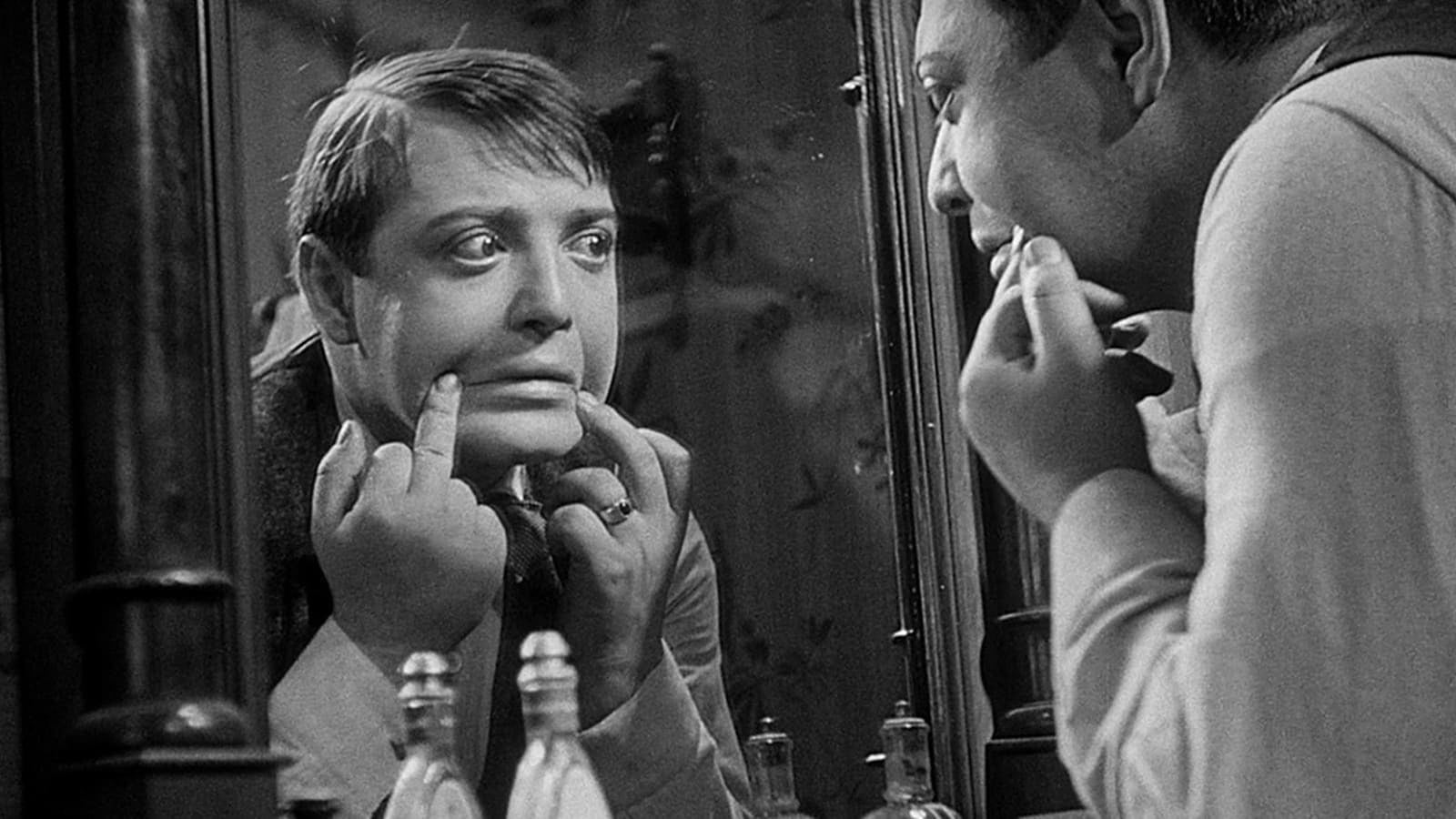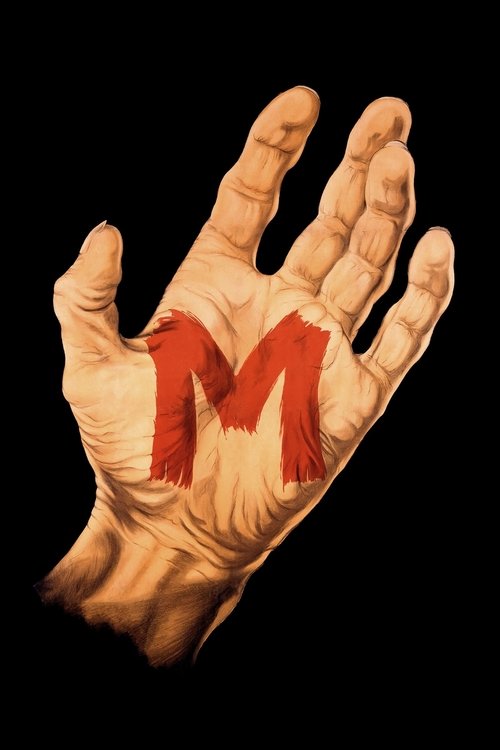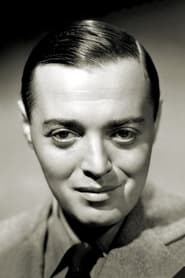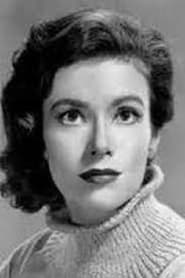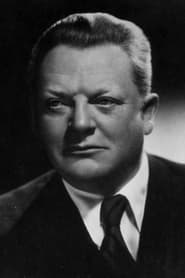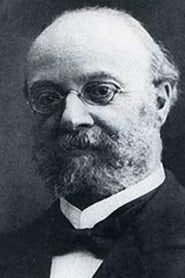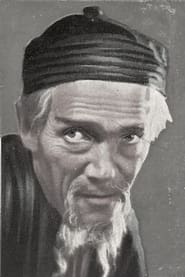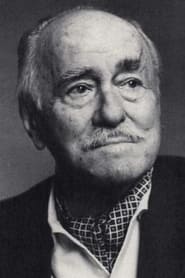Cast
View AllPeter Lorre
as Hans Beckert
Ellen Widmann
as Frau Beckmann
Inge Landgut
as Elsie Beckmann
Otto Wernicke
as Inspector Karl Lohmann
Theodor Loos
as Inspector Groeber
Gustaf Gründgens
as Schränker
Friedrich Gnaß
as Franz
Fritz Odemar
as The Cheater
Paul Kemp
as Pickpocket with Six Watches
Theo Lingen
as Bauernfänger
Rudolf Blümner
as Becker's 'Attorney'
Georg John
as Blind Panhandler
Franz Stein
as Minister
Ernst Stahl-Nachbaur
as Police Chief
Gerhard Bienert
as Criminal Secretary
Crew
Director
- Fritz Lang
Producer
- Seymour Nebenzal
Reviews
Wiccaburr
The movie is classic and yet this is my first time watching this.
Peter Lorre alone is worth seeing this movie as he always played such the great villain. No music keeps your focus on the image and dialogue throughout the movie. Camera work looks pretty awesome especially when they start doing the manhunt.
This movie clocks in at almost two hours so there will be a lot of pacing and dialogue to go through. It will feel a bit dragging when Lorre isn't on the screen but it is well worth going through the film to see how it all plays out.
Oct 7, 2020
badelf
So you say you want to enroll in film school? Don't bother. Just watch Fritz Lang's M and Metropolis.
May 31, 2023
James
Random person: Nobody knows him (The murderer). Woman who lives with the murderer: Am I a joke to you?
Oct 20, 2023
James
Stone cold classic. Certainly one of the best time films about orange peels being littered.
Oct 20, 2023
Filipe Manuel Neto
**One of the masterpieces of classic German cinema.**
There isn't much that can be said about this film that almost everyone hasn't already said or written. It is one of the great films of German cinema, one of the best productions that were made before the Second World War and one of the best films in the career of the renowned director Fritz Lang, who shortly afterward would leave Germany due to the rise of Nazism, refusing to deal with that political regime.
The film is inspired by real events, namely the murderous path of Peter Kürten, the “Vampire of Düsseldorf”, who terrorized people at the same time and also had young teenagers as his victims. The film manages to capture very well the feeling of fear that existed among the people of the city and the attempts that the police made to find this merciless killer.
The cinematography, in black and white, still shows signs of the influence of German expressionism without, however, giving up the realism that the entire film demanded. In fact, I can't say whether the film was inspired by “noir” or came to inspire “noir” later, but I could see the aesthetic and style similarities. Peter Lorre is the only actor who stands out: he brought the main role to life and shines without almost having to say anything. It's an excellent work by the actor and has undoubtedly opened many doors for him.
Oct 28, 2023
Thematic Analysis
As a dramatic work, M examines complex human relationships and emotional struggles against the backdrop of a period setting that reflects societal issues of its time. The character development particularly stands out, offering viewers a chance to reflect on their own life journeys.
Director Fritz Lang brings their distinctive visual style to this film, continuing their exploration of themes seen in their previous works while adding new elements. Their approach to character development and emotional depth creates a viewing experience that rewards close attention.
Released in 1931, the film exists within a cultural context that now offers viewers historical perspective on the social issues of that era. Its critical acclaim reflects its artistic achievements and its place in cinema history.
Did You Know?
- The production of M took approximately 22 months from pre-production to final cut.
- The final cut of the film runs for 111 minutes, though the director's initial assembly was reportedly 150 minutes long.
- The costume department created over 367 unique costume pieces for the production.
- The musical score contains over 68 unique compositions.
- Several scenes were filmed in multiple locations to capture the perfect setting.
Historical Context
- In 1931, when this film was released:
- The civil rights movement was gaining momentum in the United States.
- Television was becoming a dominant form of home entertainment.
- The film industry was dominated by major studios, with independent cinema still in its early development.
How This Film Stands Out
While M shares thematic elements with other films in its genre, it distinguishes itself through its unique approach to storytelling, visual style, and character development.
Unlike Out of the Past, which takes a more conventional approach to its subject matter, M offers a fresh perspective through its innovative visual language and narrative structure.
While films like Pickpocket and Short Cuts explore similar territory, M stands apart through its distinctive directorial vision and pacing.
This film's unique contribution to cinema lies in its thoughtful balance of entertainment value and thematic depth, making it a valuable addition to its genre.
Details
- Release Date: May 11, 1931
- Runtime: 1h 51m
- Revenue: $35,274
Where to Watch





